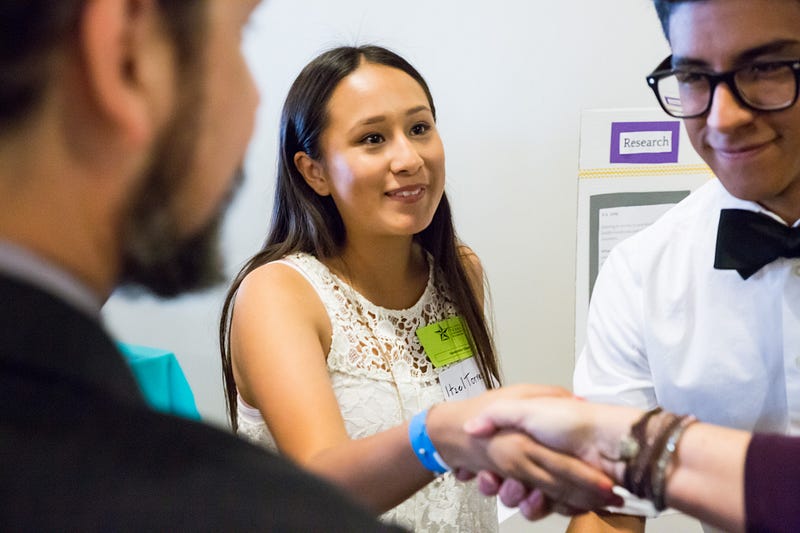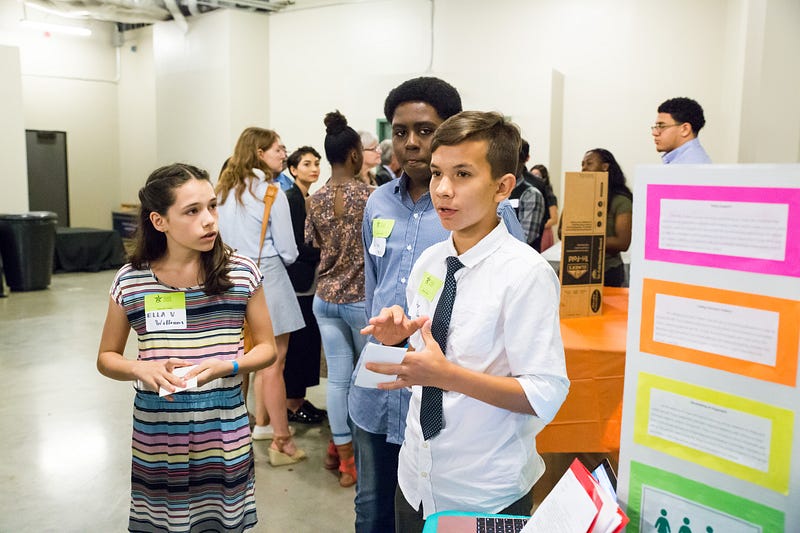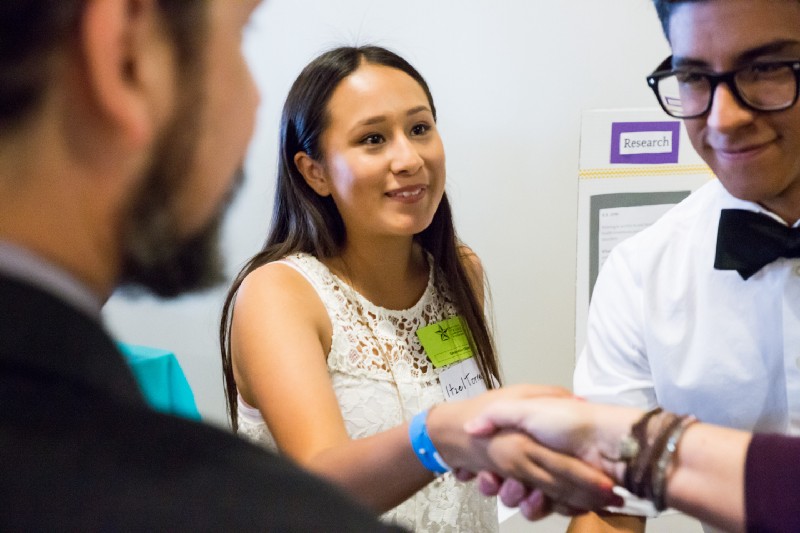Political Schools
A Former Teacher’s Summertime Reflection
By Meredith Norris, Texas Site Manager

Summer is often the time when teachers have a chance to think back on their year and dream about the next one. What do they wish they’d had more time for? What professional development will they take on to better their practice next year? What do they want their classroom to look like next year? Though no longer a teacher, I too am taking time this summer to reflect, and plan. My reflection is consumed by the challenges teachers faced this year — and always face — when it comes to talking about politics, and our political environment in their classrooms.
Early American education advocates, like Horace Mann, created public schools with the core purpose of building an informed citizenry. They believed educated citizens would ensure long-term harmony and stability in the country. Later advocates, like John Dewey, argued that schools served a higher communal purpose than individual academic or economic achievement, and saw that schools had the potential to make a much wider impact on society at large.
In The School and Society, Dewey wrote,
“Every school must become an embryonic community life, active with types of occupations that reflect the life of the larger society […] When the school introduces and trains each child of society into membership within such a little community, saturating him with the spirit of service, and providing him with the instruments of effective self-direction, we shall have the deepest and best guarantee of a larger society which is worthy, lovely, and harmonious.”
These powerful words are difficult to translate into real action. How do schools accomplish the goal of creating a virtuous society when the vitriol of politics is sending people running from civic involvement and political discussion? In an increasingly confusing environment, how do classrooms take on the responsibility and opportunity to become spaces to debate and discuss a complex world? How do classes simulate the type of civil deliberations we expect of our politicians, when politicians themselves are unable to step up to the task?
There is no simple answer. But to restore the civic mission of public education, schools cannot run away from politics. Instead, they must own their role as “political” institutions. This goes beyond “civics education.” Schools must be seen as hubs of advocacy, places where power dynamics are examined, and where real debates can take place. In a political environment like the one we’re in today, schools cannot run away from the political circus. Instead, they need to figure out how to productively build the foundation for a better type of politics, through pedagogy and curriculum alike.
As a teacher, I constantly taught power through the thousands of choices I made every day. At the front of the room, I chose who had a voice. In my actions, I sent a message to my students about how they were expected to behave in the world. Would I let tough questions get discussed? Would I shoot them down? Would my students sit in rows where I could constantly monitor their work? Would I let them co-create knowledge in small groups? My classroom was a microcosm for democracy, enforcing or undermining my students’ understanding of civic power.
A school’s political identity is also shaped in the topics students are allowed to explore. In an interview about their book The Political Classroom: Evidence and Ethics in Democratic Education, Diana Hess and Paula McAvoy state:
“The ‘political classroom’ is a classroom in which young people are learning to deliberate about political questions. It really is the process of deliberation that is the major skill being taught. And then, through deliberation, students are learning about the issues. They’re learning how to form arguments, how to weigh evidence.”
Hess and McAvoy, however, found that many classrooms are avoiding these deep discussions. Some teachers feel trapped in a curriculum that presents a single story, or endless standards that do not leave time to explore complex issues in depth. Some feel daunted by the experiences and opinions of their students, fearing that real discussion could lead them to lose control of the class, and anger students and parents.
It can be easy to avoid tough topics and hide in the concreteness of our textbooks and lectures. But if we really want schools to be places that cultivate citizens, then it is not a school’s job to teach clear cut answers and definitions. Politics does not work that way. If we want active and engaged young people, then it is a school’s responsibility to help students grapple with gray areas, and explore the wide range of tools, opinions, and systems intrinsic to our government.
The current political environment may make educators tempted to avoid politics and power in the classroom. But in order to create the political culture we seek, we must to embrace these challenging conversations. Political engagement is necessary for schools to embrace, both in curriculum choices and in pedagogical practice. I hope teachers take time this summer to pause, reflect, and consider how to build classrooms that empower their students’ voices and grow informed citizens.

Generation Citizen is a nonpartisan, 501(c)3 tax exempt organization which does not endorse candidates; our goal is to engage our staff, participants, and stakeholders in political and civic action on issues that matter to them personally and in their communities. The opinions expressed in this blog post are those of the writer alone and do not reflect the opinions of Generation Citizen.
